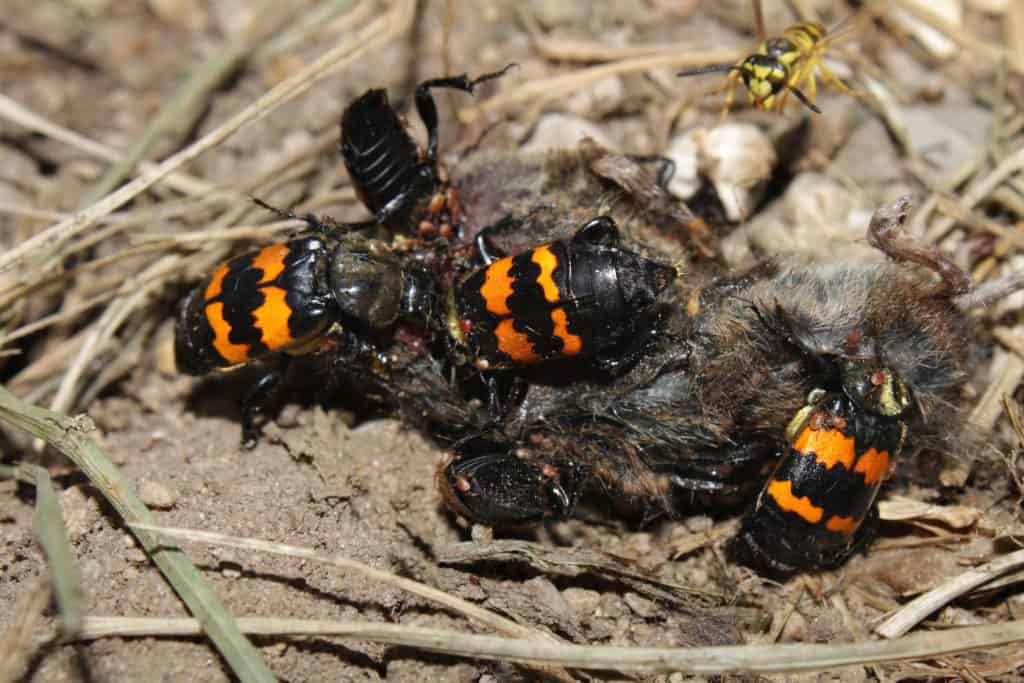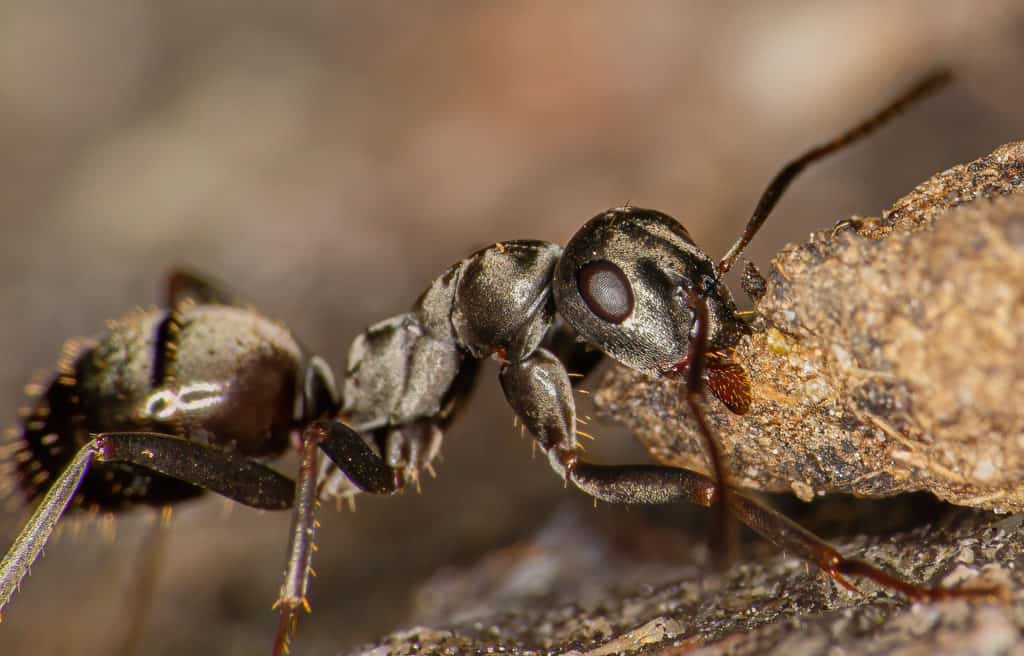New Study Finds that Mountain Lions Sustain Entire Insect Ecosystems
New Study Finds that Mountain Lions Sustain Entire Insect Ecosystems
Mountain Lions
These large wild cats go by a variety of different names depending on the region they inhabit including pumas, panthers, catamounts, or cougars. While somewhat small, these cats are incredibly mighty and have been known to take down prey that dwarf them. When a cat scores such a large meal, it is rare that they can consume the entire carcass and instead, end up leaving behind significant remains. It’s these very remains that have been found to sustain local insect ecosystems.

Insects and Animal Carcasses
During the decomposition of carcasses, cells begin to break down and molecules known as apeneumones begin to escape from the deceased body. These apenemones can attract a variety of insects including flies and beetles. In a study conducted in Wyoming’s Bridger-Teton National Forest in 2016, researchers examined 18 carcasses of elk, mules, and deer left behind by mountain lions. Each carcass was reassessed weekly over the span of six months in order to collect ongoing data. This data led to the collection of roughly 24,000 beetles belonging to over 200 different species.
Primarily, the beetles were found to be northern carrion beetles known for consuming fresh mean. However, the team led by the director of Panthera (a big cat research and conservation organization), Mark Elbroch, reported that they even found species that they did not know previously existed. In addition to this plethora of beetles, there were also a variety of flies, slugs, and even snails present on the rotting corpses.
The most intriguing factor of this discovery however, was not the vast amount of insects that were using the mountain lion’s leftovers as a source of food, but rather that many of them appeared to be residing in the carcasses. “These carcasses are their homes,” Elbroch explained, “They are the places where they seek their mates. They’re the places where they raise their young ad where they hide from predators.” Ultimately, they became entire ecosystems for them, fostering population growths of various insects throughout the area.

What this Means on a Large Scale
While this study focused on a particular region and animals, the results provide insight to similar situations on a smaller scale that the average person may come across. For example, when many pest control companies are called in for fly problems around homes, inspections often reveal the existence of a deceased small animal such as a squirrel or bird. Similarly, we have seen situations like this occur in homes where mice or rats expire in the basements, crawl spaces, or even in the walls of homes leading to infestations of flies, ants, beetles, and even fleas. If you have noticed an increase of these types of pests around your home, but you can’t seem to figure out what might be drawing them in, call in your local technician with Green Pest Services. Our inspections can help uncover if you are experiencing a similar occurrence in your home.

Citations
Daley, J. (2019) The Carcasses That Mountain Lions Leave Behind Power Entire Insect Ecosystems, Smithsonian Magazine . The Smithsonian Institution. Available at: https://www.smithsonianmag.com/smart-news/mountain-lion-kills-power-entire-ecosystem-insects-180971717/ (Accessed: February 2, 2021).
Joseph, I., Mathew, D., Sathyan, P. and Vargheese, G. (2011) “The Use of Insects in Forensic Investigations: An Overview on the Scope of Forensic Entomology,” Journal of Forensic Dental Sciences, 3(2), pp. 89–91. Available at: https://www.ncbi.nlm.nih.gov/pmc/articles/PMC3296382/ (Accessed: 2020).
A Simple Guide to Preventing Stinging Pests
A Simple Guide to Preventing Stinging Pests A Simple Guide to Preventing Stinging Pests Summary: Stinging insects are more active in warm weather, [...]
These 10 Natural Mosquito Repellents Can Actually Help
These 10 Natural Mosquito Repellents Can Actually Help These 10 Natural Mosquito Repellents Can Actually Help Summary: Natural mosquito repellents are easier to [...]
How to Get Rid of Carpet Beetles
How to Get Rid of Carpet Beetles How to Get Rid of Carpet Beetles Summary: Carpet beetles are sneaky pests that don’t usually [...]
How Do Roaches Affect Asthma and Allergies?
How Do Roaches Affect Asthma and Allergies? How Do Roaches Affect Asthma and Allergies? Summary: It’s no secret that pests impact human health, [...]
These 5 Carnivorous Pests Might Surprise You!
These 5 Carnivorous Pests Might Surprise You! These 5 Carnivorous Pests Might Surprise You! Summary: There are many eco-friendly ways to prevent pests, [...]
The 5 Pet Pests That Really Bug Dogs and Cats
The 5 Pet Pests That Really Bug Dogs and Cats The 5 Pet Pests That Really Bug Dogs and Cats Summary: Dogs and [...]

